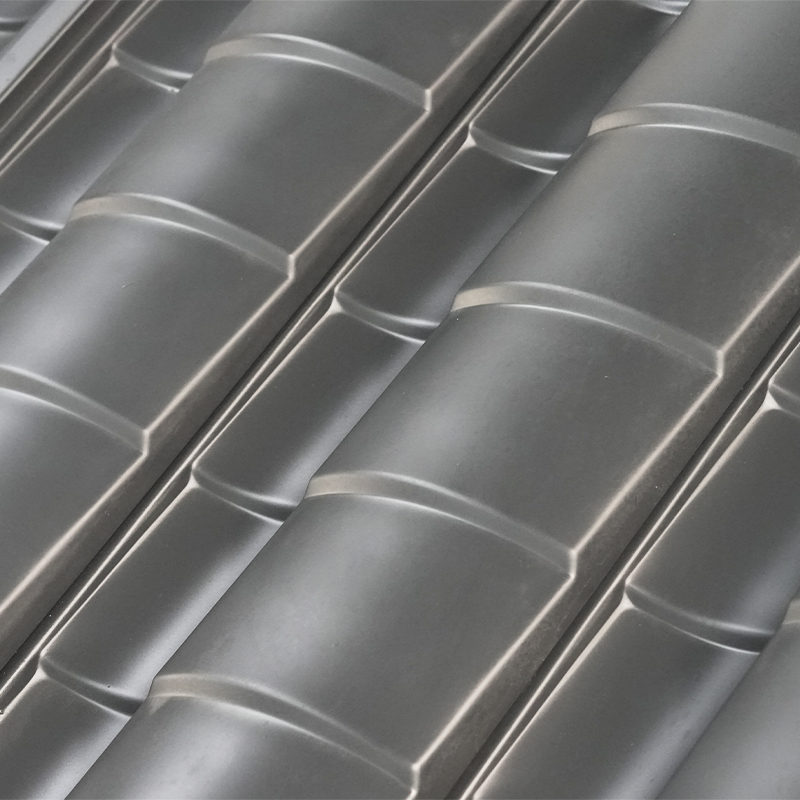Composite aluminum roofing tiles are designed to combine the strength, durability, and lightweight nature of aluminum with additional materials that enhance protection, aesthetics, and weather resistance. Understanding the composition of these tiles is essential for architects, builders, and homeowners who want long-lasting roofing solutions that balance performance and appearance.
Content
Core Aluminum Layer
The primary material in composite aluminum roofing tiles is the aluminum sheet itself. Aluminum provides excellent corrosion resistance, lightweight construction, and flexibility. Its inherent strength allows the tile to withstand wind loads, impacts, and extreme weather conditions without adding excessive weight to the roof structure.
Benefits of Aluminum
- High resistance to corrosion, rust, and oxidation
- Lightweight, reducing structural load on roofs
- Strong and durable under impact and wind pressure
- Flexible enough for shaping and forming intricate designs

Protective Coatings
To improve durability and enhance appearance, aluminum layers are coated with protective materials. These coatings prevent corrosion, fading, and scratches while providing a variety of aesthetic finishes such as matte, metallic, or stone-coated textures. Common coatings include polyester paints, fluorocarbon coatings, and nano-protective layers.
Advantages of Protective Coatings
- Increases lifespan by protecting against UV rays and moisture
- Prevents surface scratches and abrasions during installation
- Offers color stability and aesthetic versatility
- Enhances resistance to harsh environmental conditions
Reinforcement and Composite Layers
Composite aluminum roofing tiles often incorporate additional layers to improve strength, thermal insulation, and acoustic performance. These layers can include polymer substrates, mineral-filled cores, or insulating foams. The combination of aluminum with these composite layers creates a panel that is stronger, quieter, and more energy-efficient than traditional roofing materials.
Common Composite Components
- Polymer cores that enhance flexibility and impact resistance
- Mineral or stone-coated layers for weatherproofing and aesthetics
- Insulating foam layers for thermal efficiency
- Acoustic layers to reduce rain or hail noise
Comparison of Materials Used in Composite Aluminum Roofing Tiles
The table below summarizes the main materials used in composite aluminum roofing tiles, highlighting their key contributions to durability, aesthetics, and performance.
| Material | Function | Benefit | Typical Use |
| Aluminum Sheet | Core structural layer | Lightweight, corrosion-resistant, durable | All panels |
| Protective Coating | Surface protection | UV resistance, scratch protection, color retention | Exterior exposed surfaces |
| Polymer / Insulation Layer | Reinforcement and insulation | Impact resistance, thermal and acoustic insulation | Composite core |
| Mineral or Stone Layer | Aesthetic and weatherproofing | Natural look, added durability, fire resistance | Decorative top surfaces |
Conclusion
Composite aluminum roofing tiles integrate multiple materials to achieve a balance of strength, durability, and aesthetics. The aluminum core provides a lightweight and corrosion-resistant base, protective coatings extend lifespan and appearance, and composite layers add insulation and impact resistance. Understanding these materials helps builders and homeowners select the right roofing solution for long-term performance and visual appeal.




 English
English русский
русский Español
Español عربى
عربى















